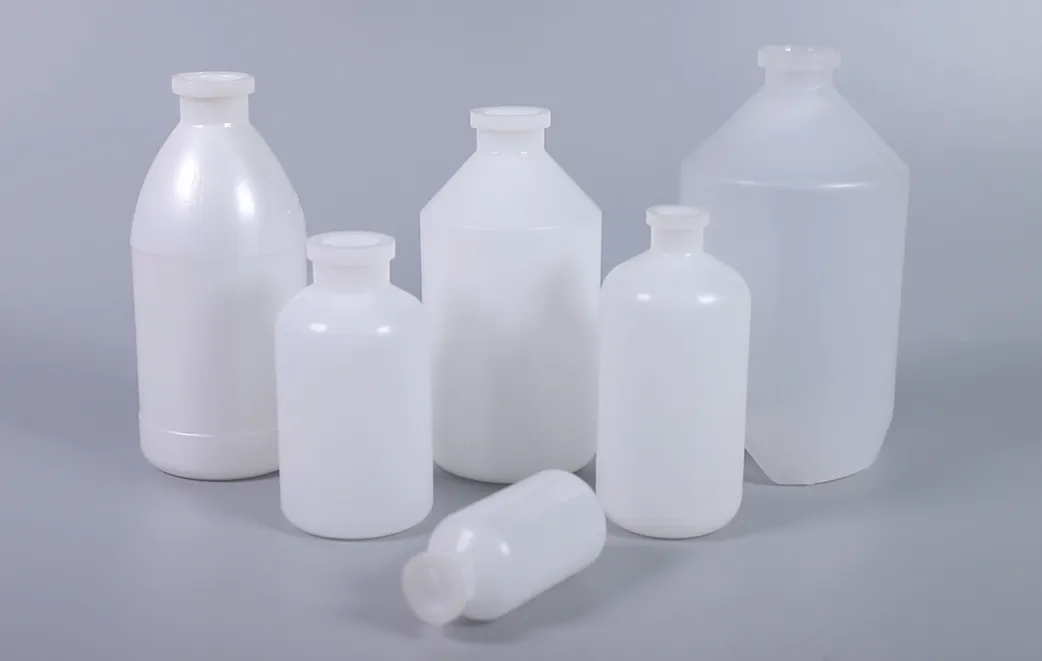stool collection tubes
Understanding Stool Collection Tubes A Crucial Component of Diagnostic Testing
Stool collection tubes play a vital role in the realm of medical diagnostics, particularly in understanding gastrointestinal health. These specialized containers are designed to safely collect and preserve stool samples for various laboratory tests, enabling healthcare professionals to gain insights into a patient’s health status. In this article, we will explore the significance of stool collection tubes, their types, and best practices for their use.
The Importance of Stool Samples
Stool samples are invaluable in diagnosing a wide range of gastrointestinal disorders, including infections, inflammatory bowel disease, malabsorption syndromes, and colon cancer. The analysis of these samples can reveal the presence of pathogens, blood, fat, and other indicators that can help confirm or rule out various conditions. Thus, proper collection and preservation of stool samples are crucial for accurate diagnosis and effective treatment.
Types of Stool Collection Tubes
Stool collection tubes vary depending on their intended use. The most common types include
1. Plain Stool Collection Tubes These are typically used for routine stool analysis. They are designed to collect samples without any additives, making them suitable for general testing such as examining for the presence of blood or parasites.
2. Preservative Stool Collection Tubes These tubes contain chemical preservatives to help maintain the integrity of the sample during transportation and storage. For instance, tubes that contain sodium acetate or formalin are often used in tests for specific pathogens or when evaluating for infections like Clostridium difficile.
3. Ova and Parasite (O&P) Collection Tubes Specifically designed for parasitological examinations, these tubes may contain formalin or a similar preservative to ensure the viability of parasites and ova for accurate testing.
4. DNA Testing Tubes With advancements in technology, some tubes are specifically engineered for genetic testing, such as detecting mutations associated with colorectal cancer. These tubes often preserve DNA integrity for molecular analysis.
stool collection tubes

Best Practices for Stool Collection
To ensure the accuracy of test results, it is essential to follow proper procedures when collecting stool samples
1. Preparation Before collection, patients should receive clear instructions regarding dietary restrictions and medication adjustments. Some foods and medications can interfere with test results, so it is imperative to adhere to these guidelines.
2. Use of the Correct Tube Patients must use the appropriate stool collection tube as advised by their healthcare provider. The wrong type of sample container could lead to compromised results.
3. Sample Size It’s crucial to collect an adequate amount of stool—typically about the size of a walnut—to ensure sufficient material for testing.
4. Avoid Contamination Care should be taken to avoid contamination from urine or toilet water. Patients may use a clean, dry, and wide container for collection, and should ensure not to touch the inside of the tube or lid.
5. Timely Delivery Once collected, the stool sample should be labeled correctly and delivered to the laboratory as soon as possible. Some samples may require refrigeration if there is a delay in testing.
Conclusion
Stool collection tubes are fundamental in the diagnostic process, providing critical information that aids in patient care. By understanding the different types of tubes available and adhering to best practices for sample collection, patients can help ensure that their stool samples yield the most accurate results possible. Through ongoing improvements in the technology and design of stool collection tubes, medical testing continues to advance, leading to better health outcomes and a greater understanding of gastrointestinal diseases. Accurate diagnosis is the first step towards effective treatment, proving that even the smallest components of medical testing—like stool collection tubes—play a significant role in health management.
-
Aesthetic Makeup Spray Bottles | Fine Mist Empty RefillableNewsAug.19,2025
-
White Plastic Veterinary Vaccine Vials | Lab Liquid BottlesNewsAug.18,2025
-
Plastic Medicine Liquid Bottle: Secure Flip Top Drug VialsNewsAug.17,2025
-
Durable 250ml Blue Plastic Vaccine Vial for Lab & Vet UseNewsAug.16,2025
-
Sterile Virus Sample Tubes: Secure & Reliable Specimen CollectionNewsAug.15,2025
-
White 250ml Plastic Vaccine Vial for Lab & Vet MedicineNewsAug.14,2025
























